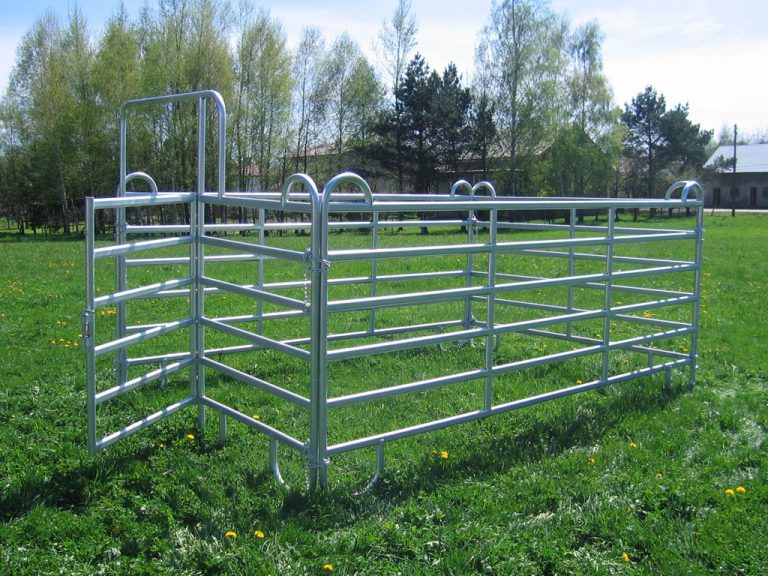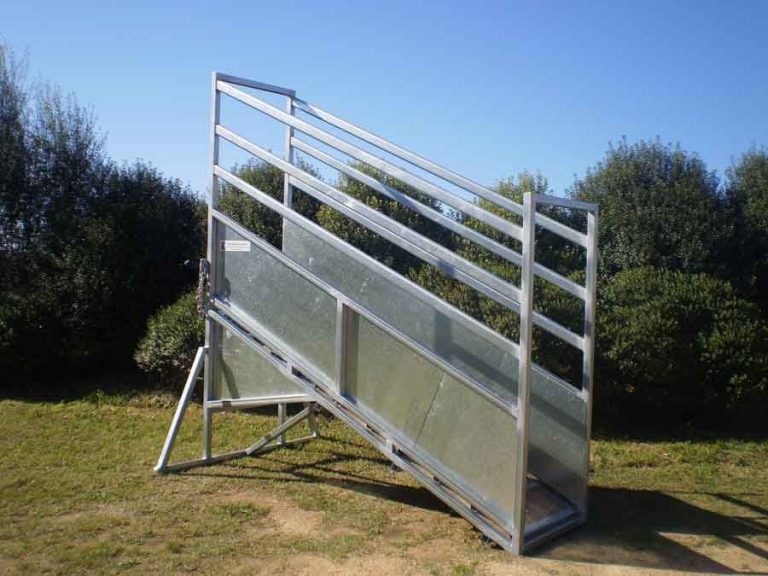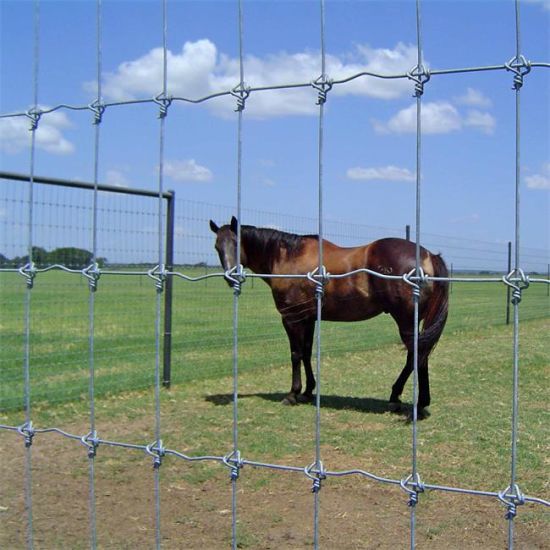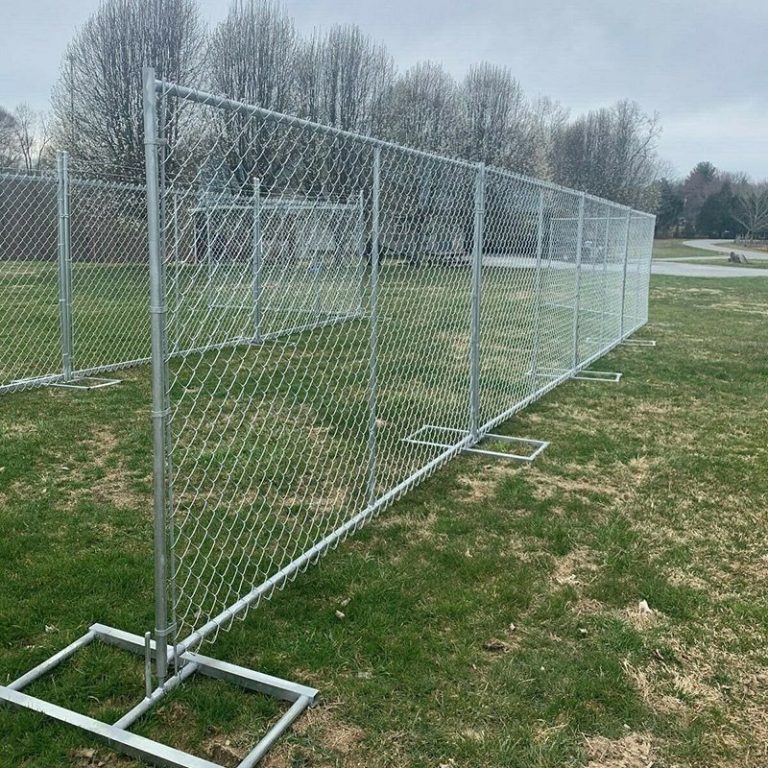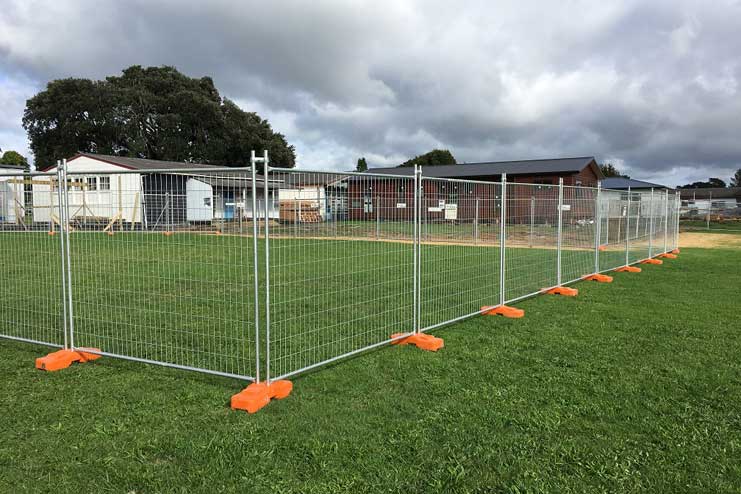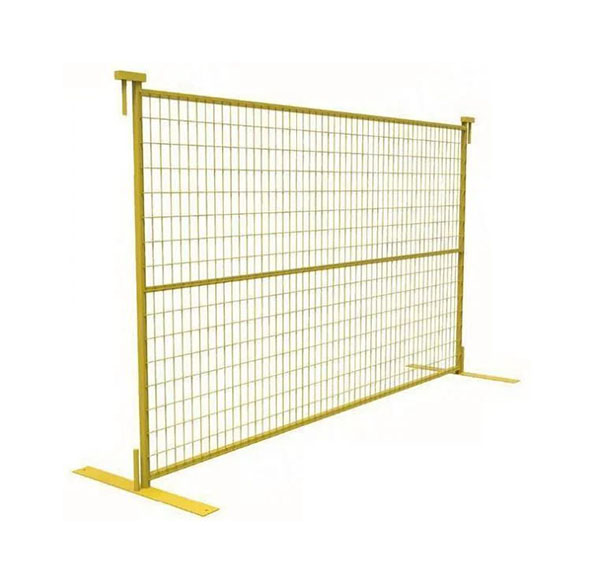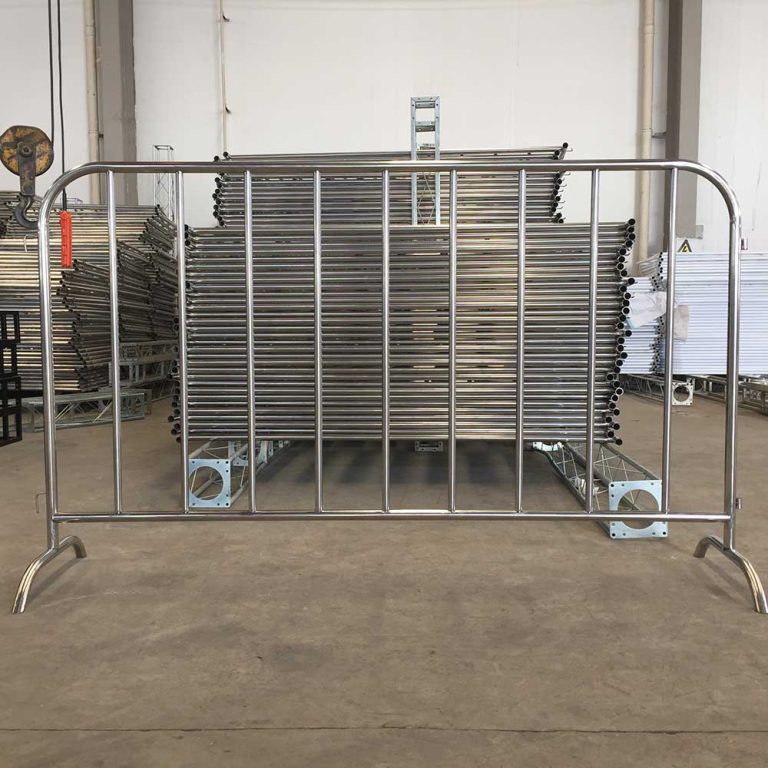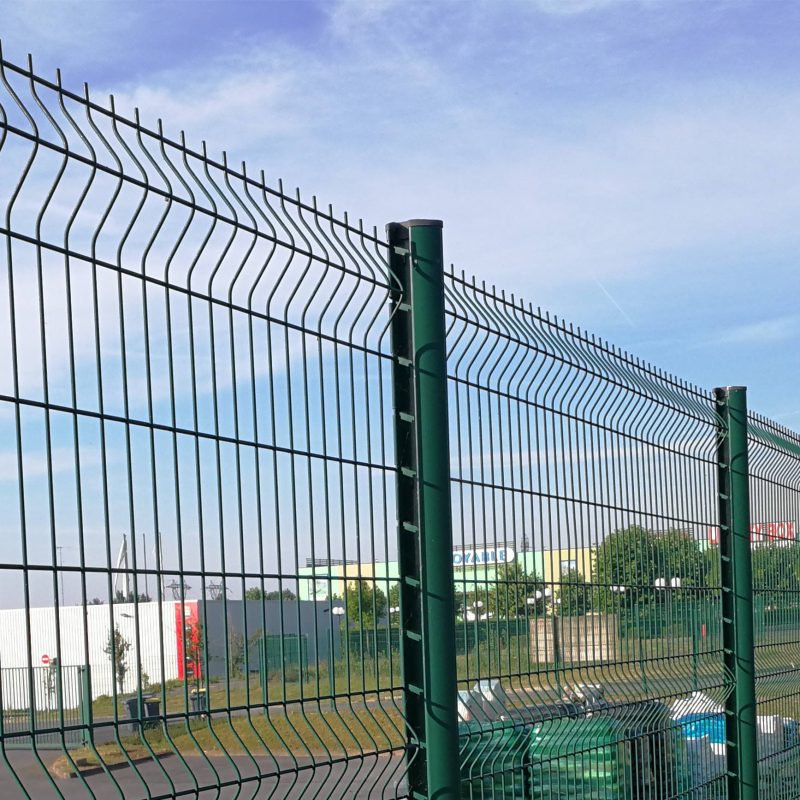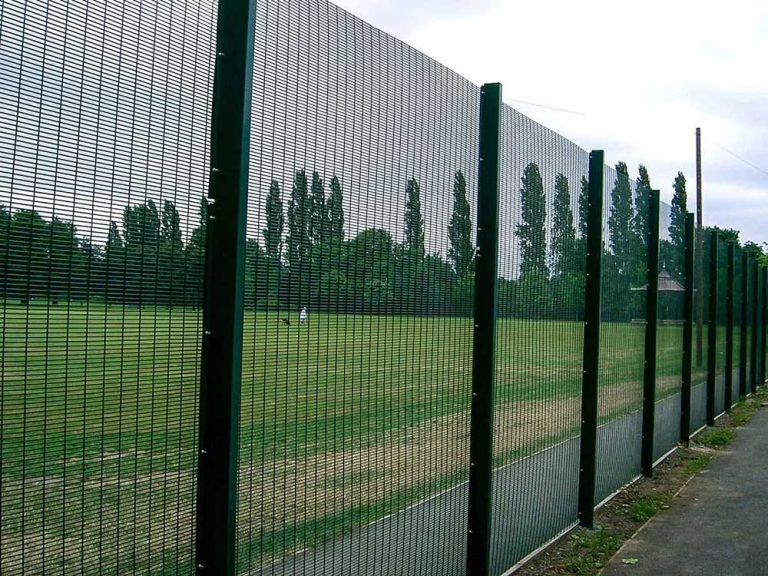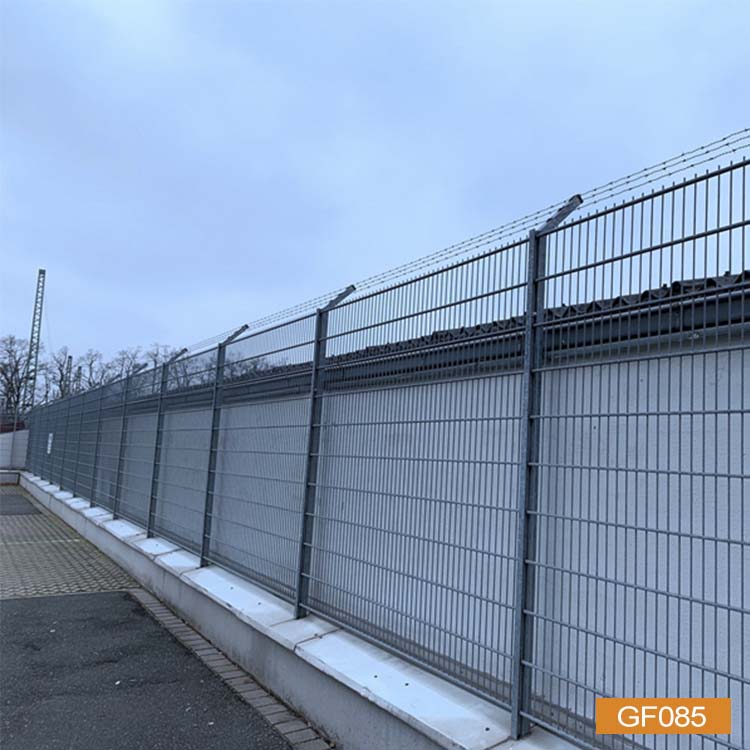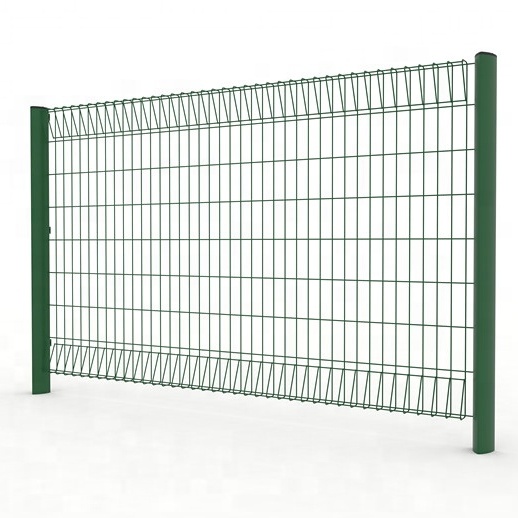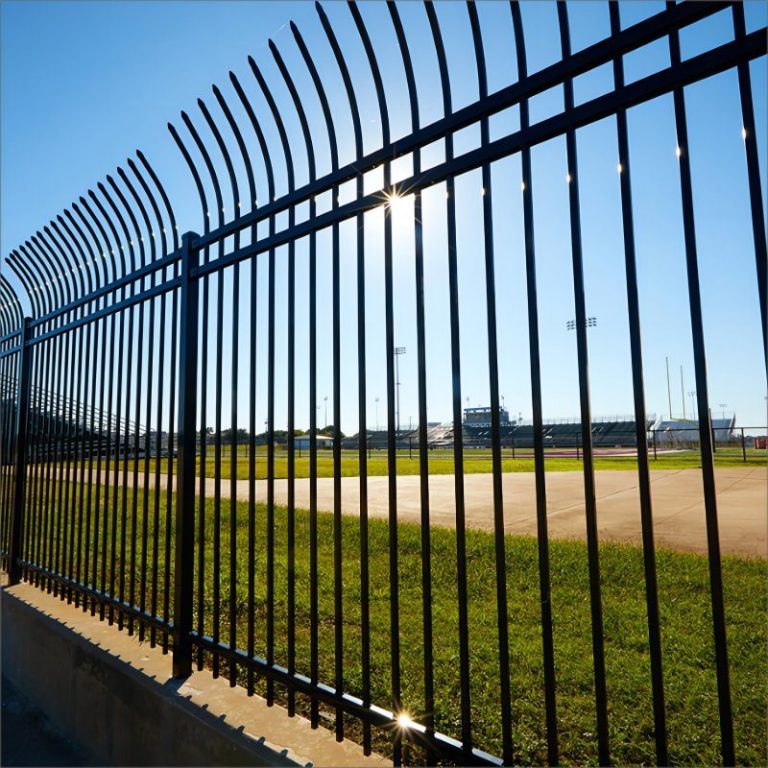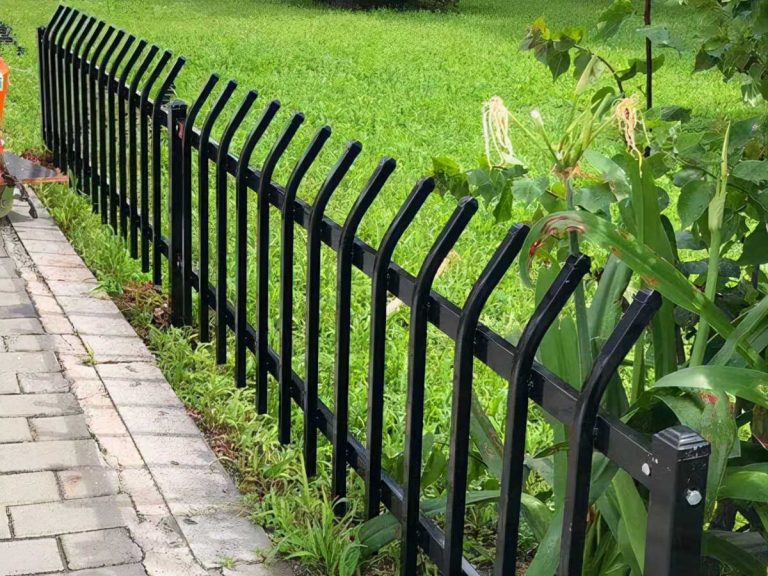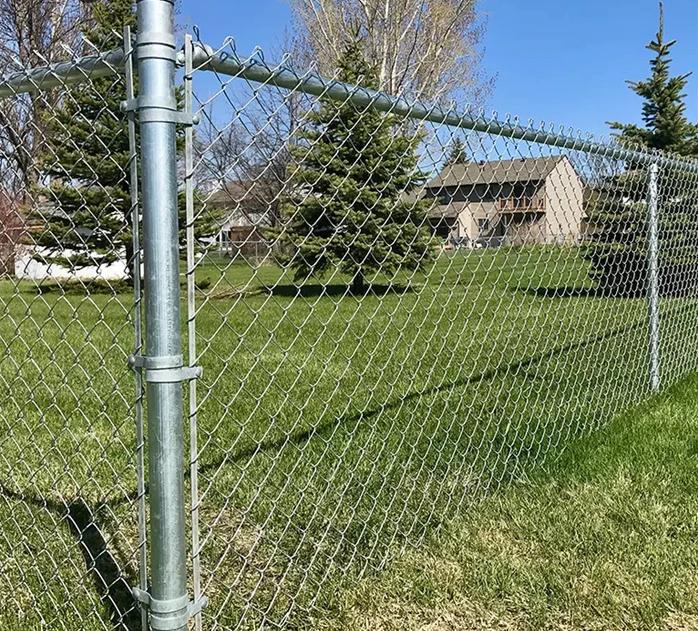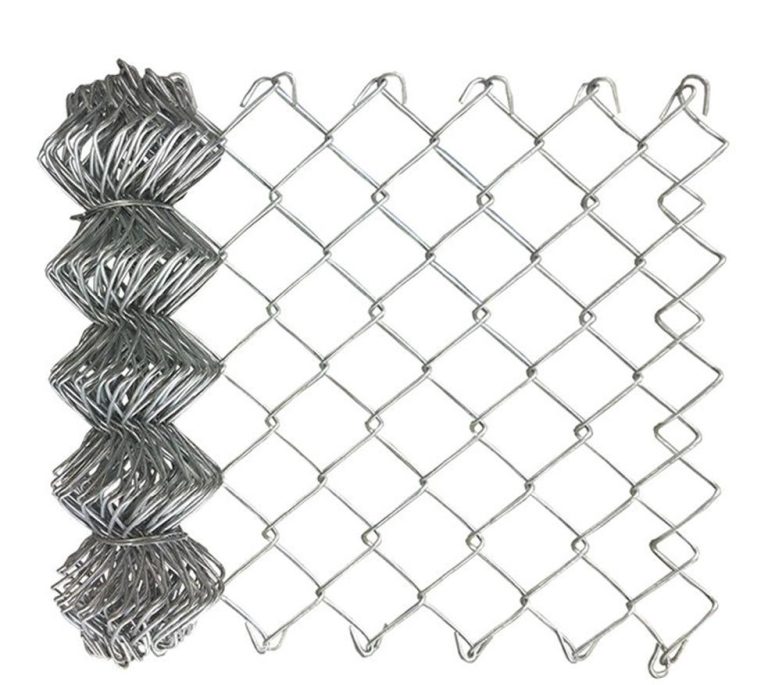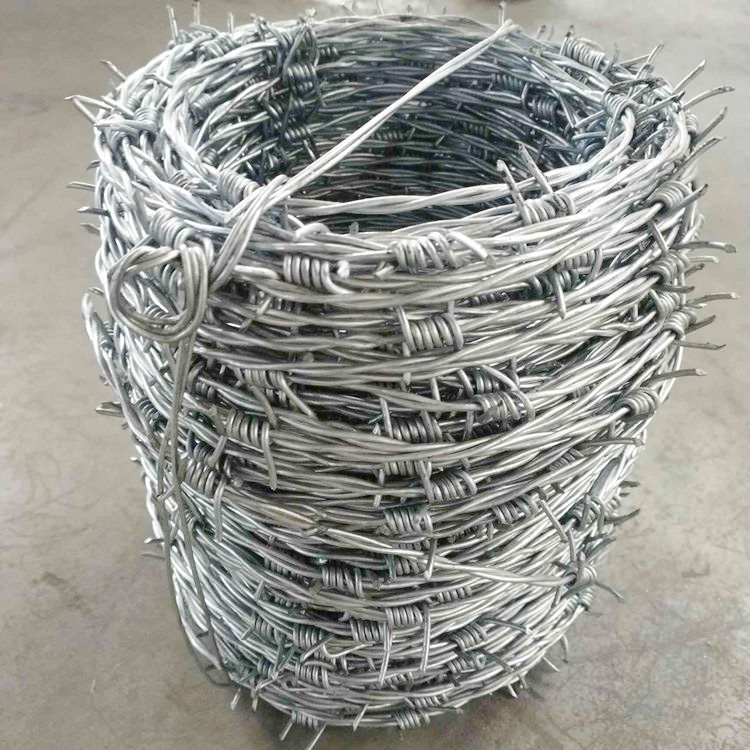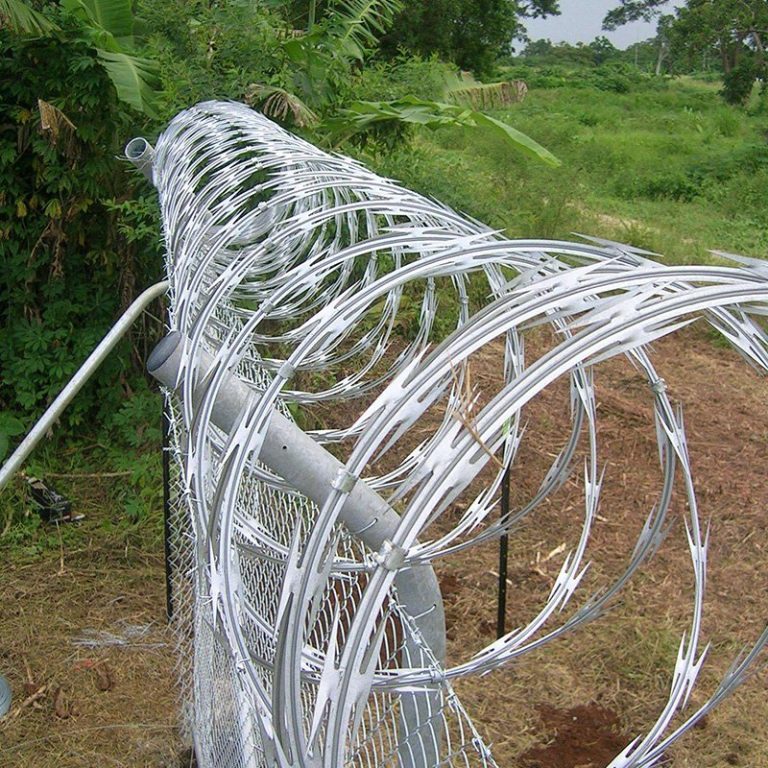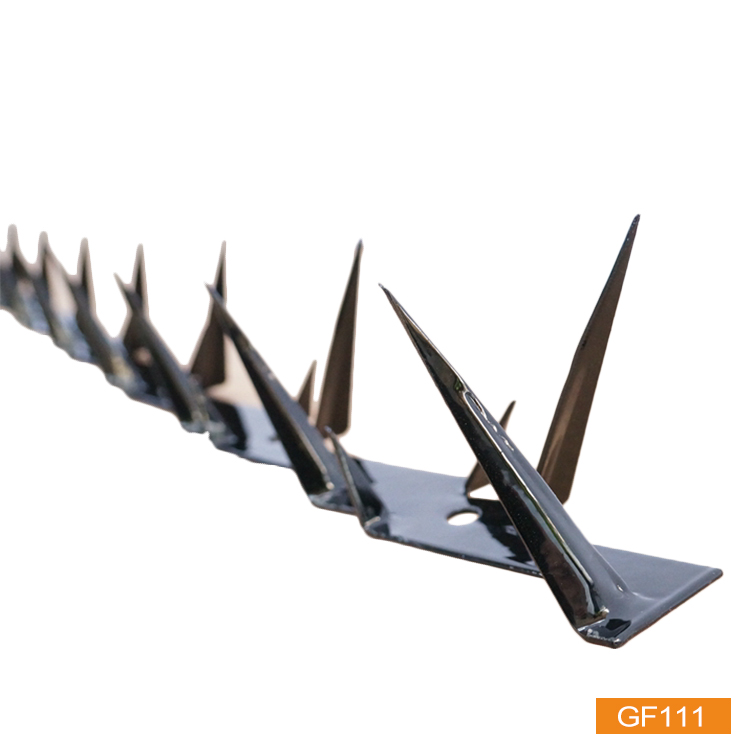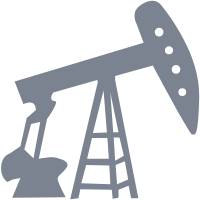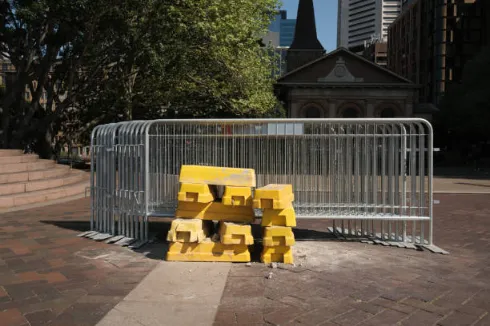
The Role of Temporary Fencing in Emergencies
Temporary fencing is a big help in emergencies. It offers fast, useful fixes for tough spots. Think floods, health scares, or protests. These fences manage crowds, guard risky places, and keep important stuff safe. They’re simple to move and quick to set up. In countries like America, Canada, and Australia, temporary fencing is super important during crises.
What Types of Emergencies Require Temporary Fencing?
Temporary fencing is used in many emergencies. Its main job is safety, keeping folks away from danger or protecting hazardous areas.
Natural Disasters
After floods, hurricanes, or wildfires, temporary fences act fast. They block off unsafe spots from safe ones. This keeps people out of trouble. For instance, in a Canada wildfire, fences stop folks from nearing risky zones. They also point people to safe escape paths.
Industrial Accidents
Chemical spills, gas leaks, or explosions create dangerous areas. Temporary fences are vital here. They quickly shut off risky spots and guide emergency workers. In America, barriers often secure accident sites until lasting fixes are ready.
Public Health Crises
During pandemics or big medical emergencies, controlling crowds is key. Temporary fencing builds walls around medical tents, testing spots, or quarantine areas. This keeps things safe and tidy.
Civil Unrest
When protests or big crowds get wild, crowd control barrier fences step in. They handle groups, stop looting, and clear paths for emergency workers. In Australia, these fences are often used at big events to keep crowds flowing safely.
These cases show how useful temporary fencing is. It’s not just about making a wall. It’s about safety, organizing stuff, and helping emergency teams do their jobs.
Key Benefits of Temporary Fencing in Emergency Situations
When trouble hits, every second matters. Temporary fencing has many perks that make it a great choice in emergencies.
Quick Deployment
Temporary fencing sets up fast. Unlike permanent fences that take days, these can be ready in hours or less. This speed is huge in emergencies. In America or Canada, responders rely on quick setups to secure areas right away.
Cost Effectiveness
Permanent fences cost a bunch. Temporary fencing is way cheaper. In emergencies, when money is tight, these fences save cash. Renting them is even better for short term use.
Flexibility
Temporary fences can fit any emergency. Whether it’s a small site in Australia or a big health crisis, they can be changed. You can make them taller, tougher, or add things like barbed wire or mesh, based on what’s needed.
Portability
Unlike fixed fences, temporary ones move easily. This is awesome for emergencies where danger zones change. In America, these fences are made to shift quickly, so the setup can adjust as the crisis moves.
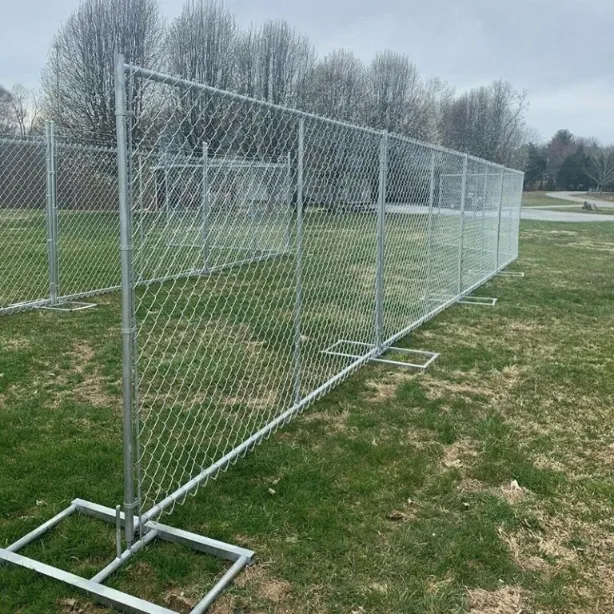
Temporary Fencing for Crowd Control and Public Safety
Crowd control is a big reason for temporary fencing in emergencies. Handling crowds and stopping chaos is hard, especially during protests or disasters.
Crowd Control Barrier Fences guide people and make safe areas. They keep folks out of dangerous spots. These fences are light, easy to set up, and work great. In Canada, during wildfires, they mark clear escape zones, bringing calm to crazy times. In America, during health crises, fences at testing or vaccine sites keep people organized and stop overcrowding.
These fences are practical but can also look good. Some have neat designs or logos, even in serious moments.
Temporary Fencing for Hazardous Area Protection
In emergencies, some places get dangerous. Think gas leaks, polluted spots, or active work zones. Temporary fencing quickly blocks these off.
For example, after an industrial accident in America, fences keep people away from harmful chemicals or electrical dangers. In Australia, where mining accidents happen, fences protect against shaky ground or big machines.
These fences also guard medical or emergency stations. They give workers room to do their jobs. Setting up barriers fast is super important in urgent crises.
Types of Temporary Fences for Different Emergency Situations
Temporary fencing comes in different types, each good for specific emergencies.
Panel Fencing
Panel fencing is really common. It’s quick to put up, easy to move, and great for blocking off big areas.
Mesh Fencing
Mesh fencing is used for crowd control. It lets people see through, which is helpful for events or protests where seeing matters.
Barbed Wire and Security Fences
For high risk spots or dangerous areas, barbed wire fences add extra safety. They’re used when keeping people out is the main goal, like in accidents or unrest.
How Temporary Fencing Improves Crisis Response Efficiency
Crisis management needs order and speed. Temporary fencing isn’t just fast to set up, it makes responses better. By setting clear boundaries and limiting access, it reduces confusion. This lets emergency workers focus on their tasks.
Fences also help manage entry points, cutting down on accidents or crowding. During a fire or chemical spill, responders can secure the area without worrying about keeping people out. In Canada, where wildfires spread fast, this helps keep zones safe and access clear.
Coordination with Other Emergency Measures
Temporary fencing works best with other emergency tools. Pair it with signs, barriers, or medical units for a strong response plan.
In America, big events or disaster responses use many safety steps. Temporary fencing sets up barriers to manage crowds, create safe zones for workers, and keep communication clear between teams.
Conclusion
Temporary fencing is key for keeping people safe, organizing responses, and maintaining order in crises. It’s quick to set up, easy to move, and fits different needs, making it a must have in emergencies.
For companies like JiaHui, offering strong, reliable temporary fencing means communities and businesses are ready for any crisis, big or small. With JiaHui’s top quality products, emergency teams can act fast and feel confident their fencing needs are covered.
FAQ
Q1:Why is temporary fencing used in emergencies?
It’s quick and flexible, securing risky areas, controlling crowds, and protecting stuff during crises.
Q2:How fast can temporary fencing be installed during a crisis?
It can go up in hours, making it perfect when time is short in emergencies.
Q3:Can temporary fencing withstand extreme weather conditions during a disaster?
Yes, it’s built to handle tough weather like wind, rain, or snow, fitting many challenges.
Q4:Is temporary fencing reusable in different emergency situations?
Yes, it’s tough and can be used again in different places, saving money and staying useful.
Q5:What is the difference between temporary fencing and permanent fencing in emergencies?
Temporary fencing is faster, cheaper, and movable. It’s great for short term needs, while permanent fencing takes longer and costs more.

